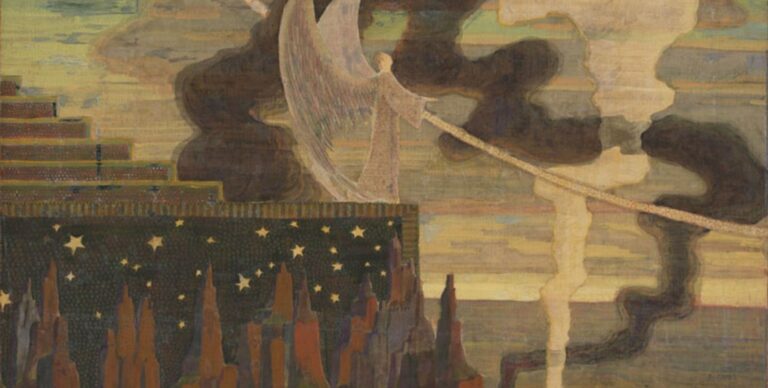- Did I get lost in the Citadel? Did I fall in the Saladin’s well? Am I still in the suq, bargaining for a necklace? Well, I certainly hope not.
Should everything proceed according to schedule, a jolly light day expects me today as we’ll be taken to see:
- the Giza Pyramids and all that jazz;
- Memphis;
- Saqqara.
Yeah. I know.
1. The Pyramids
What to say? You know them. They’re triangular. They’re huge. They’re in the middle of nothing (no they’re not). They were built by aliens.
I’m not going to give you “interesting facts” about the pyramids, I’m not a fucking tour guide. I’ll just drop a map here for my future self.
2. Memphis
Not Memphis Tennessee, at least I hope.
Still, it’s 25 km to the south of Giza and I have no idea how the fuck do we expect to see them both in one day.
The Mit Rahina Museum is an open-air built around a colossal overturned statue of everyone’s favourite Pharaoh Ramses II (not mine) and it’s close to a chapel where the guy was worshipped alongside Sekhmet, the lion goddess of war and healing, and her consort Ptah, the creator god of language and one of the nicest guys you’ll ever meet in a pantheon.
As the patron of craftsmen, Memphis was believed to be under his protection and his massive temple used to be by the Western Gate. Much of what we know about it comes from the writings of Herodotus, a guy who’s prone to listening to people he met at the pub, and as such you can’t give it too much credit.
Hathor, the Sky goddess who was betrayed by Ra, had a small temple or, most likely a shrine on the southern side of the city.
Other deities with minor shrines and chapels were Sekhmet, whose shrine is certified by contemporary sources though was never uncovered, Apis the bull, though considered a manifestation of Ptah, Amun consort of Mut, and the sun-god Aten which is pretty much the reason we found Tutankhamun. Among these, the House of Apis seems to be the most impressive temple, where bulls were possibly used as oracles and were thought to have healing powers. The most accurate description comes from Greek historian Strabo, who visited the site with the conquering Roman troops after Cleopatra was defeated at the Battle of Actium.
3. The Saqqara Necropolis
The nearby Necropolis at Saqqara covers around 7×1.5 km and features a shitload of monuments, but the most famous is probably the stepped Pyramid of Djoser. I used it a couple of times on this blog when I wanted to shit on people.
From the Early Dynastic Period (3100 BC – 2900 BC) we have:
- the tomb of king Hotepsekhemwy, founder of the Second Dynasty;
- the tomb of king Nynetjer, third pharaoh of the Second Dynasty, who was thought to have reigned for 96 years;
- the funerary complex of king Sekhemkhet, consisting of a buried pyramid;
- the funerary complex of king Khasekhemwy, also known as Gisr el-Mudir or Great Enclosure, consisting of a rectangular limestone wall measuring about 650 by 350 metres which purpose is still unknown;
- the funerary complex of king Djoser, with its famous stepped pyramid.
Djoser was a Pharaoh of the 3rd Dynasty, Old Kingdom, and he was one of the first to think it would have been cool for a royal tomb to stick out from the ground, you know, and rise really really high. His vizier was a guy named Imhotep (no, not the villain the mummy), high priest and chancellor but, most importantly, architect. He had the idea of going with a simple shape, a pyramid, and employed building techniques already in use for much more useful engineering projects. For his feat, he was later deified and equated with Thoth, the god of architecture, mathematics, and medicine.
Saqqara also features ruins from “later” periods. Monuments from the Old Kingdom (2686 BC – 2181 BC) include:
- The tomb of king Shepseskaf, the last ruler of the fourth dynasty, also known as the mastabat al-Fir’aun: it’s currently consisting of just two steps;
- the pyramid of Userkaf, a mound of earth discovered in 1831 by the Italian Egyptologist Orazio Marucchi;
- the pyramid of Djedkare Isesi, referred to as Haram el-Shawaf (the “sentinel pyramid”) which stands out from afar;
- the pyramid of king Menkauhor, also known as the Headless Pyramid;
- the mastaba of Ti, ;
- the mastaba of Khnumhotep and Niankhkhnum, the first recorded same-sex couple in ancient history (do you remember them? I talked about them here and on my Patreon);
- the pyramid of Unas, another mound of earth;
- the mastaba of Ptahhotep, a Fifth Dynasty Vizier who wrote a moral book meant to instruct young men in their behaviour and was probably very fun at parties;
- the pyramid of Teti, first king of the Sixth Dynasty, and its two satellite pyramids for his queens;
- the mastaba of Mereruka, a powerful dignitary of the Sixth Dynasty vizier to king Teti;
- the mastaba of Kagemni, likely daughter of Teti;
- the pyramid of Pepi I;
- the pyramid of Merenre;
- the pyramid complex of king Pepi II Neferkare, a child-king of the Sixth Dynasty.
The Tomb of Perneb from this period is now in New York at the Metropolitan Museum of Art.








No Comments